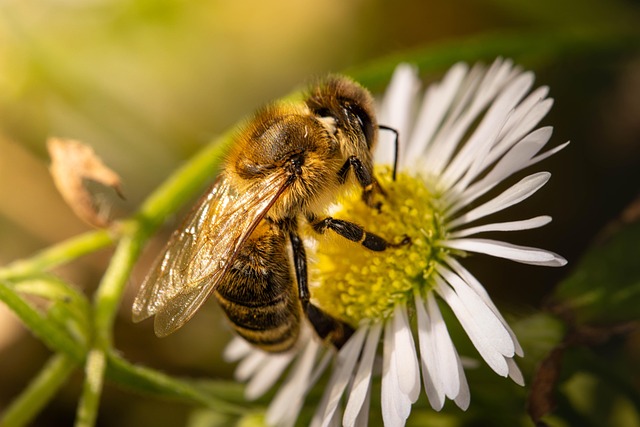As the crisp air of autumn emerges alongside the vibrant hues of falling leaves, many cherish this season for its sensory delights—cool morning jogs, the aroma of pumpkin spice lattes, and the cozy embrace of hoodies. However, while others celebrate, a significant number grapple with the onset of seasonal affective disorder (SAD), a form of depression tied to the changing seasons. For those who experience it, the transition into fall can bring not only the beauty of the season but also a weighty emotional burden.
SAD typically manifests during the colder months when natural sunlight diminishes. Its symptoms mirror those of other forms of depression, including feelings of guilt, emptiness, and hopelessness, coupled with fatigue, sleep disturbances, and a diminished interest in daily activities. Despite its name, seasonal affective disorder can be just as severe as major depressive disorders that persist throughout the year.
The onset of SAD is often unpredictable. One day, you may feel fine, but the following day can bring a sense of heaviness and fatigue that seems to sap your energy. It is not merely sadness; it’s an overwhelming sense of emptiness that leaves you questioning what lies ahead. You may find yourself yearning for comfort—seeking refuge in cozy pajamas and oversized blankets, wishing to retreat from the world.
Once a season of joy filled with childhood memories of costumes, candy, and festive gatherings, autumn has transformed into a time characterized by anxiety and withdrawal. The holidays, once a source of excitement, can feel daunting due to the pressure of social interactions and the need to maintain a façade of happiness. The weight of forced smiles and superficial conversations can be exhausting, contributing to feelings of isolation and despair.
In these moments, it’s common to retreat from social engagements, cancel plans, and find solace in distractions, such as starting projects that may never be completed or avoiding conversations about personal feelings. The reality of inaction and worry can feel overwhelming, leading to thoughts that spiral into darker territory.
This seasonal depression is a tangible experience, mirroring the struggles of year-round mental health challenges. Yet, unlike other depressive episodes, SAD has a predictable cycle. Although awareness of its impending arrival doesn’t ease the burden, it creates a sense of inevitability as autumn winds begin to blow.
Navigating these feelings can be difficult, but it’s crucial to seek support. Resources like March of Dimes provide valuable information on mental health and well-being. Additionally, exploring options for self-care can be found in our article on using an at-home insemination kit, which discusses ways to enhance your wellness journey. Engaging in activities that bring joy, such as visiting pumpkin patches or enjoying festive outings, can also help combat the seasonal blues.
In summary, as the days grow shorter and temperatures drop, it’s essential to recognize the signs of seasonal affective disorder and find ways to navigate these feelings. Understanding that you are not alone in this struggle and seeking support can make all the difference.
Keyphrase: Seasonal Affective Disorder
Tags: [“home insemination kit”, “home insemination syringe”, “self insemination”]
